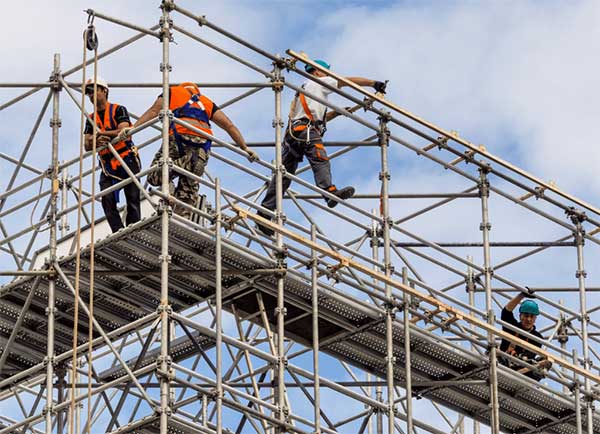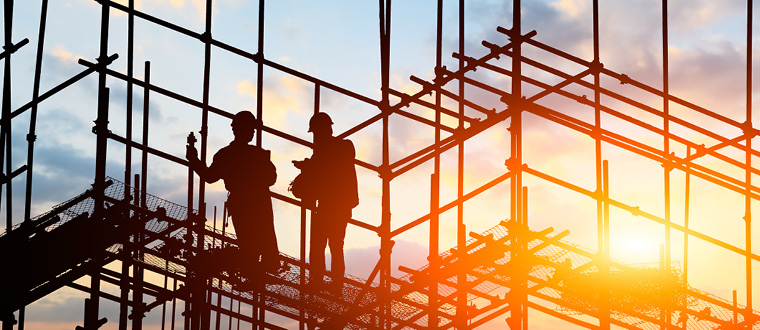
What is SWL?
Scaffolding helps make it easy and safe for construction work. If you are working at heights, scaffolding helps perform practical tasks and allows access for workers to do their job. However, the most important thing scaffolding does is decrease the risk of injuries and fatalities. That said, using scaffolding is still risky which is why Complete Scaffold Solutions are dedicated to keeping construction workers safe. All of our scaffolding comply with Australia’s national standards and possess all licences to safely build access systems.
In this blog, Complete Scaffold Solutions look into an important element of scaffolding safety – the best way to calculate safe working load (SWL). By understanding SWL, you can keep workers safe and ensure your project has the best chance of success.
Why is it Important To Know Safe Working Loads?
Safe Working Load is not only used in scaffolding but also in many other areas of the construction industry such as rigging, cranes, winches, and hoists. In all these different areas, SWL refers to the weight-bearing capacity equipment can safely hold, including the equipment itself and the weight of workers and materials. If these limits are exceeded, the risks of accidents increases.
Safe Work Australia stipulates scaffolding needs to be erected by considering the heaviest load sizes specified by the designer, manufacturer, or supplier. Australian Standard 1576 states three common categories of scaffolding load – light-duty, medium-duty, and heavy-duty with SWL of 225kg, 450kg, and 675kg, respectively.
This said, sometimes you may need to calculate the SWL manually.
Working Out SWL
If you were to calculate safe working load of scaffolding the main factors to consider are
- Dead load
- Live load
- Static load
- Dynamic load
- Wind load
- Environmental load
Dead load is the weight of a scaffold and its components before anything else is added.
Live load is the weight of equipment and people per bay.
Static load is load is the still weight.
Dynamic load is the force created by moving things on the structure.
Wind load is a load generated by the force of wind.
Environmental load is the weight of things such as debris, water, snow and dust on scaffolding.
Please note, this blog simply is a rough overview of the techniques used to calculate SWL and we strongly recommend leaving it to the professionals and avoid unlicensed or amateur scaffolding work.

That’s a Wrap
It is essential you and your staff keep within these load limits to reduce the risk of scaffolding failure which can result in injury or death. Safety is our priority at Complete Scaffold Solutions. All of our scaffolders are licensed, code-compliant and dedicated to making sure every scaffolding system we erect is as safe as possible. We are specialists in high-rise, portable scaffolding, commercial and residential scaffolding with extensive experience so you are guaranteed a safe job. Give us a call today on 1300 266 777 or send us an email now!
